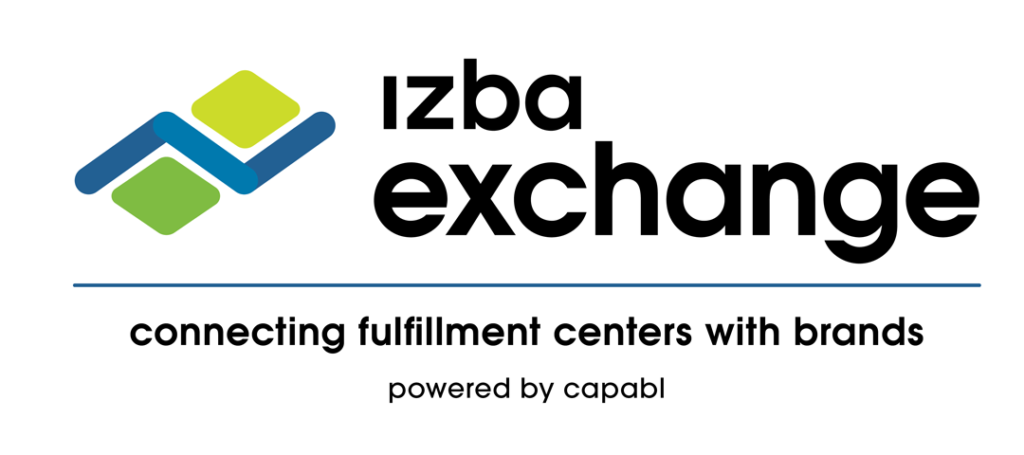As the East Coast port strike continues to impact supply chains across industries, businesses are facing delays, congestion, and logistical challenges that threaten to disrupt operations. At Izba, we’re committed to helping you navigate these disruptions by providing actionable strategies and insights to keep your supply chain resilient.
In this special edition, we’ll cover:
Evaluating Your Supply Chain Health
Diversifying Shipping Options for Maximum Flexibility
Adjusting Inventory Management During Disruptions
Supplier Contracts: Key Clauses to Review Now
Bottlenecks to Anticipate and How to Overcome Them
1. Evaluating Your Supply Chain Health
Before reacting to the immediate disruption, it’s critical to assess the current state of your supply chain. Now is the time to:
Map Out Dependencies: Identify all the nodes in your supply chain, from suppliers to carriers, and pinpoint where delays might cause the most damage.
Communicate with Partners: Stay in constant contact with suppliers and logistics providers to get real-time updates on delays, backlogs, or rerouting options.
Forecast Future Disruptions: Use predictive analytics to understand where other potential bottlenecks may emerge, allowing you to plan ahead.
2. Diversifying Shipping Options for Maximum Flexibility
With East Coast ports facing congestion, now is the time to explore alternative shipping options. Consider:
Alternative Ports: Investigate Gulf Coast, West Coast, and even Canadian ports to route your shipments away from the impacted areas.
Multi-Modal Transport: Explore air, rail, or trucking to keep goods moving, even if ocean freight options are limited.
Working with Multiple Carriers: Having diverse logistics partners can prevent you from being stuck if one carrier is overbooked.
3. Adjusting Inventory Management During Disruptions
In the face of port delays, a proactive approach to inventory management is essential. Here’s how you can adjust:
Increase Safety Stock: Consider building extra inventory on critical SKUs to mitigate the risk of stockouts during prolonged delays.
Prioritize Key Products: Focus on securing enough stock for high-demand or essential products, and put non-essential inventory on hold if needed.
Dynamic Inventory Allocation: Adjust how inventory is allocated across regions to ensure your goods reach where they are needed most.
4. Supplier Contracts: Key Clauses to Review Now
Now is the time to review supplier contracts and assess how disruptions like port strikes are handled. Focus on:
Force Majeure Clauses: Does the strike fall under force majeure? If so, what are the obligations for both parties, and how can you prepare for delays?
Liability & Penalties: Check who holds the liability for delays and whether you face penalties for late shipments.
Flexibility in MOQs: Can you reduce order sizes or negotiate flexible terms to adjust production based on fluctuating demand?
5. Bottlenecks to Anticipate and How to Overcome Them
With fewer ports operating at full capacity, here are the key bottlenecks you need to anticipate:
Port Congestion: Expect backlogs at alternative ports as carriers reroute shipments.
Customs Delays: Clearance processes may take longer due to the increased volume at alternate ports.
Limited Shipping Capacity: With fewer routes available, it might be difficult to secure space on ships or trucks.
Warehousing Shortages: Goods in transit may experience delays, causing inventory to pile up in warehouses.
To overcome these challenges, consider diversifying your supply chain network and working with experienced logistics partners who can help you navigate capacity constraints.
Partner with Izba for Supply Chain Resilience
The East Coast port strike is a reminder of how unpredictable the global supply chain can be. Whether you’re seeking to diversify your shipping options, adjust inventory levels, or evaluate supplier contracts, Izba is here to help you weather the storm.
Let’s connect and discuss how we can strengthen your supply chain and mitigate disruptions.




